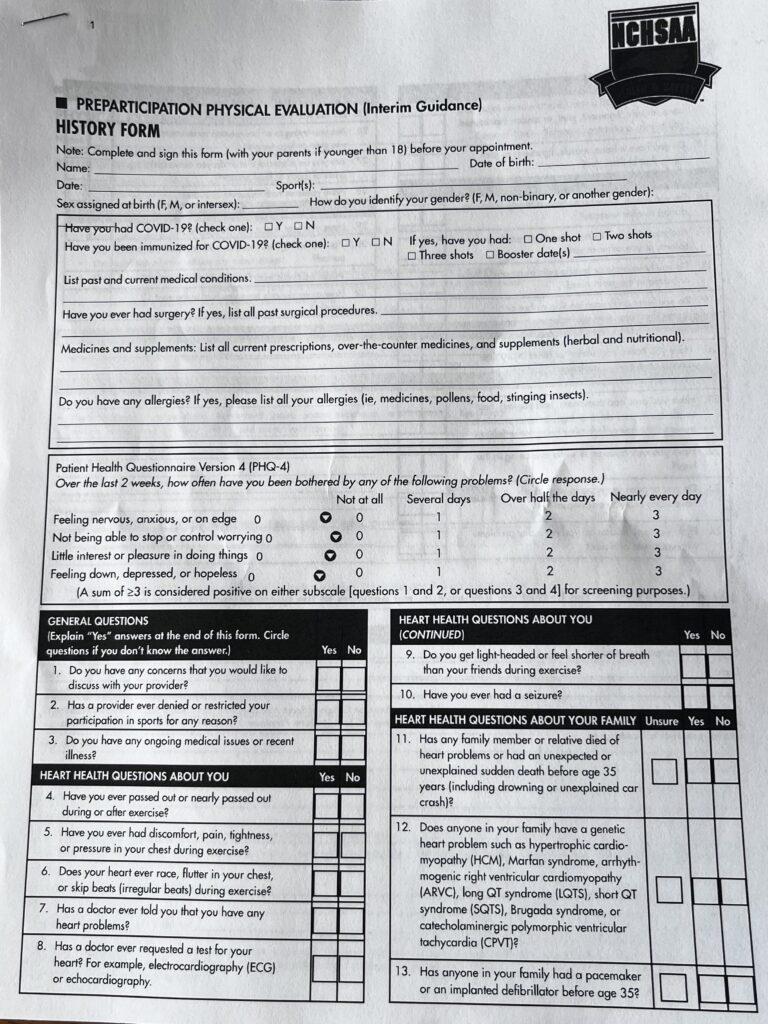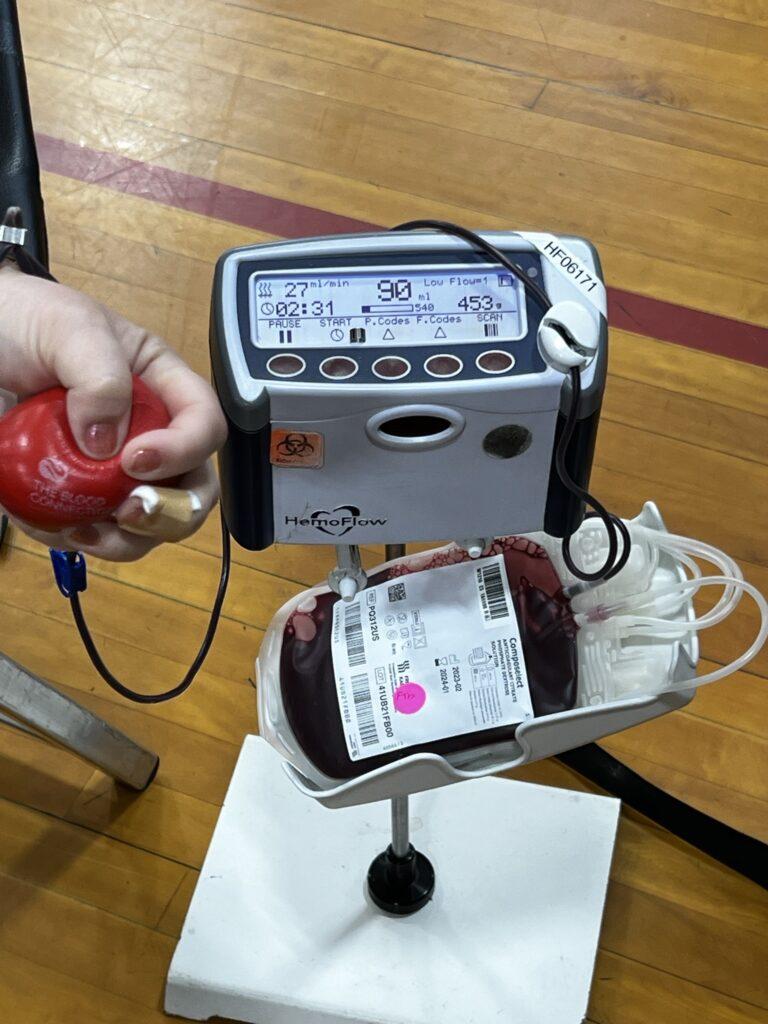With junior-senior prom only weeks away, junior Hannah Shull was busy shopping for a dress, thinking about dinner reservations and wondering what she would do after leaving the Crest Center. She thought her beautiful evening gown would look better if she had a “healthy-glow,” so she visited a local tanning salon.
Although, she had been warned of the health risks related to tanning, Shull still made the visits to the salon, thinking primarily about the benefits of a “sun-kissed” look.
“I’m tanning right now to be ready for prom, so I’ll look good in my dress,” Shull said. “I’m tanning just to be dark and to get ready for summer. This week I’ve gone every day, but I try to limit it to two to three times a week.”
Current N.C. law bans tanning for children under the age of 13 unless prescribed by a doctor. The law requires salon owners to obtain a parent’s signature before allowing teenagers between the ages of 14 and 17 tan.
But that could change. The Youth Cancer Prevention Act (House Bill 18) that is currently being considered by the N.C. General Assembly would completely ban indoor-tanning for anyone under the age of 18. The bill has passed in the state House of Representatives and is waiting to be considered in the state Senate.
“It would suck if that law was passed, but at the same time, they are just trying to protect teenagers from something happening, which is understandable,” Shull said. “It would stink, but I would have to live with it.”
Dr. John Godehn Jr., a local dermatologist, said tanning has not always been considered fashionable and is more recent trend.
“Pictures of women at the beach from 100-plus years ago reveal women fully dressed with long skirts, blouses with sleeves and parasols. At the time, having a ‘tan’ generally meant you worked as a laborer in the fields and got sunburned every day,” Godehn said. “By the ‘Roaring ’20s’ women began wearing bathing suits and baring arms, legs and things in between. Having a ‘tan’ became fashionable. By the 1950s and 1960s women were wearing bikinis. Women of the 1890s would have been appalled – not only by the fashion, but by what folks were doing to their skin.”
A number of teenage girls go to tanning salons before prom. But using a tanning bed even once can increase the tanner’s probability of developing melanoma by 20 percent, according to www.preventskincancernc.org.
“Obviously, a mild tan occasionally, though still doing some damage, is not as bad as ‘living in the sun’ and tanning all year around. But even a brief tan causes damage,” Godehn said. “All tans relate to damage, to some degree or another, and tanning bed ‘tanning’ is the worst. One study suggested there are around 170,000 cases of non-melanoma skin cancers each year in the U.S. as the result of indoor tanning.”
Down Under Tan owner and operator Manette Trexler believes that tanning can be done in moderation.
She also feels current state law is adequate without the proposed changes. Passing the bill would not greatly affect her business, she said.
“It’s like anything else in my opinion. You can over do it, and if you over do it, just like you do anything else, there will be drawbacks,” Trexler said. “As long as the salon owner is responsible and goes by the laws I don’t see a problem with the law the way it is. Parental approval is the main thing. I don’t think kids younger than 14 should tan. Personally I wouldn’t let my kid, any younger than that tan. I know some kids with skin problems have tanned because it does help with acne and stuff like that. I don’t see any problem with it the way it is as long a people obey the rules.”
Senior, Hannah Watts said she goes to the tanning salon because it helps with her dry skin.
“I tan because I get really dry skin and the sun helps that so I don’t have to take a pill or an antibiotic for it,” Watts said. “Some people think they look better when they tan, but it doesn’t really persuade me like that. For me, it’s just so I don’t itch at my skin when it’s really dry. If you abuse it, it’s going to be harmful, but if you don’t I think it will be OK.”
Godehn considers it a loop hole that the current law allows 13-year-olds to tan with a doctor’s note.
“I cannot think of a reason a doctor would need to prescribe a tanning salon session for someone under 13,” Godehn said. “There are a few diseases where UV treatment might be indicated, such as some cases of psoriasis. However, there are other treatments available. If UV treatment is truly needed, such treatment is usually done in the doctor’s office where a careful dose of UV given can be monitored.”
According to Godehn, skin cancer is a serious problem and risks of developing melanoma are increasing. Although melanoma is the least common type of skin cancer, he is seeing more and more cases of melanoma, the most serious form of skin cancer.
By Anna Yarbrough













